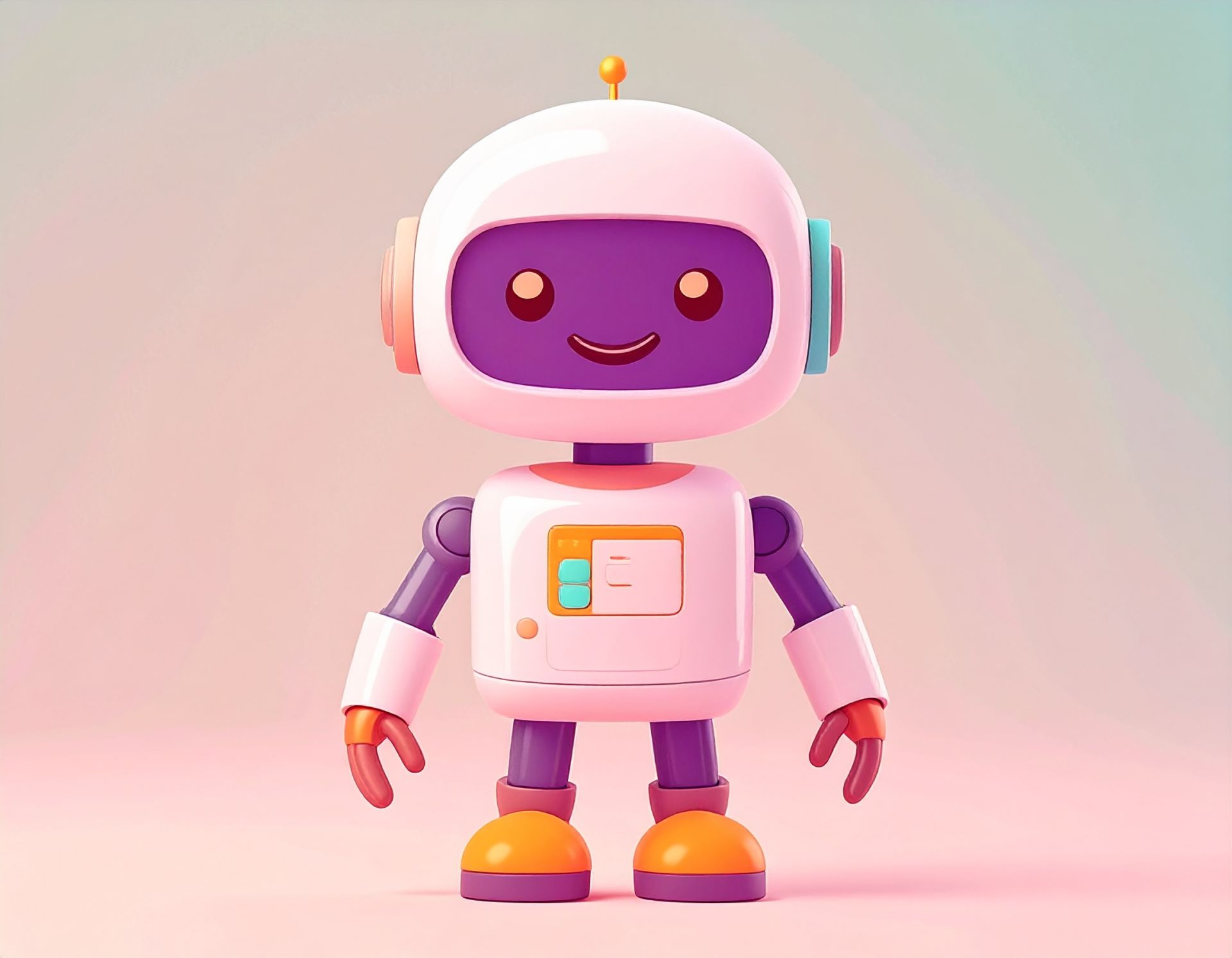Artificial Intelligence (AI) is quickly becoming part of everyday life in education. From planning lessons with Copilot to drafting observations using ChatGPT, educators across the UK are embracing these tools to save time and improve their practice.
AtFutured AI Academy, we support this shift, helping practitioners use AI responsibly and with confidence.
But as we welcome AI into our classrooms and daily routines, there's something we’re not talking about enough:What’s the cost of convenience for the environment, and for ourselves?
The Environmental Impact of AI Is Real
AI tools aren’t magic, they run on data centres that consume enormous amounts of electricity and water. Every time you generate a response in ChatGPT or translate a document using AI, you're activating energy-intensive processes.
- Research shows a single large AI model like GPT-3 can emit as much CO₂ as 120+ cars in a year.
- Using AI for a single task can consume10 times more electricitythan a traditional Google search.
- The AI industry is expected to rival the aviation sector in emissions by 2030.
These figures matter, especially when multiplied by millions of users worldwide.
It’s Not Just the Planet — It’s Also About Wellbeing
Excessive use of AI tools can also lead to:
- Digital fatiguefrom constant screen engagement
- Over-relianceon automation instead of reflective practice
- Disconnectionfrom children and colleagues
AI should be asupportive assistant, not a replacement for judgment, creativity, or human connection.
How to Use AI More Thoughtfully
Here are five practical, low-effort ways educators can make their AI use more sustainable both environmentally and mentally:
- Use AI for meaningful, low-risk tasksSkip the small talk. Use AI to reduce admin, not to replace your own voice.
- Be intentional with your promptsOne well-written question saves multiple failed attempts and lowers digital energy use.
- Choose lightweight, integrated toolsTools like Notion orOtter.aioffer practical value without overcomplicating your tech stack.
- Try voice input instead of typingThis reduces screen strain, saves time, and encourages real-time reflection.
- Take breaks and pause for presenceTech shouldn’t replace your time with children. Let it support the work, not take it over.
What We Do at Futured AI Academy
Our courses focus not only onhowto use AI, butwhywe must use it responsibly. We align with the latest UK government guidance, including data protection, ethics, and sustainability.
Because shaping the future of education also means protecting the future of our planet and our people.
References & Further Reading
- Washington Post: How to Use AI Responsibly
- Wired: How Much Energy Does AI Use?
- Business Insider: AI Runs on Dirty Power
- Time: The AI Revolution Needs an Energy Revolution
Let’s Rethink What Responsible AI Really Means
I’d love to hear from educators, leaders, and digital learning professionals: What doesconsciousAI use look like in your setting?
Let’s keep building a future where technology enhances, not overwhelms, our practice.




